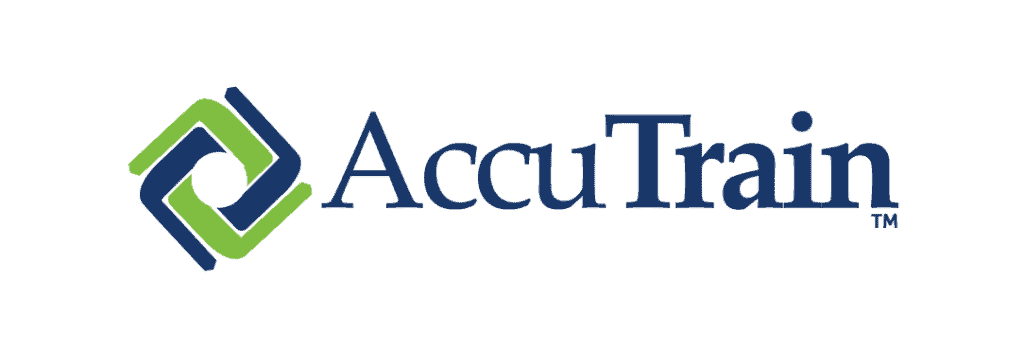K-12 Dive points to six trends to watch in 2025:
1) Budgets will be stressed by rising costs and limited funding.
The expiration of federal American Rescue Plan funds — the last and largest of federal COVID-19 emergency aid that has helped schools recover from pandemic hardships since 2020 will be one of the biggest barriers for some districts
Increased costs in staff compensation and decreasing enrollments due to lower birth rates and competition from school choice programs are other factors stressing public school budgets, according to Moody’s Ratings outlooks issued in December.
2) Staffing shortages will impact high-needs schools.
Half of public-school leaders reported feeling understaffed last year in a National Center for Education Statistics survey. But fewer schools reported operational impacts — like increasing class sizes or using staff outside of their intended duties — due to staffing shortages.
High-poverty schools will feel the brunt of teacher layoffs in 2025, says Dan Goldhaber, director of the Center for Analysis of Longitudinal Data in Education Research at the American Institutes for Research. That’s because student enrollment is still on the decline, and the historic one-time pandemic relief funds disproportionately went to high-poverty schools — and will not be renewed.
“So, the end of that money means that there’s got to be at least some pretty significant chunk of teachers in high-poverty schools that are going to lose their jobs,” says Goldhaber.
3) More pressure will be put on strained special education system.
Several factors will put a squeeze on the already stressed special education system. The population of students served under the federal Individuals with Disabilities Education Act, including those with autism, has been increasing. Schools will need to conduct more evaluations and provide more individualized services.
Public schools’ growing competition from school choice has special education advocates speaking out in support of a strong, well-funded public special education system.
4) Book bans & curriculum restrictions will increase — and face more challenges.
With a sharp increase in book bans and curriculum restrictions in recent years, experts expect more challenges from parents and local organizations against these efforts in the coming years.
Nationally, school book bans tripled between the 2022-23 and 2023-24 school years, according to data released by PEN America, a free speech advocacy organization tracking the issue.
In total, the 2023-24 school year saw 10,046 cases of banned books compared to 3,362 the year before. Most of the targeted titles featured characters of color or LGBTQ+ characters, as well as sex and sex-related topics.
Democratic-leaning states are likely to continue to adopt laws prohibiting book bans, also known as Freedom to Read laws, says Kasey Meehan, program director of PEN America’s Freedom to Read initiative. In January, a New Mexico state representative introduced a similar bill, known as The Librarian Protection Act, ahead of the state’s 2025 legislative session.
The Republican majority in the House and Senate might pass legislation mirroring policies from conservative-leaning states. These bills might include limiting students’ access to certain instructional content. For instance, such a proposal could target critical race theory or LGBTQ+ content as has been done legislation in Florida or Iowa.
President Trump has called for federal funding cuts to schools that promote critical race theory and “other inappropriate racial, sexual, or political content.” In his first administration, Trump’s push to preserve U.S. history sparked a movement at state and district levels to censor curricula. In 2025, an executive order(s) regarding K-12 education could come from the Oval Office.
Lawsuits challenging book bans inched closer to reaching the U.S. Supreme Court last year, but it’s still unclear if the high court will resolve the matter in 2025, Meehan said.
5) Cybersecurity funding will be needed.
During a webinar hosted by K12 Security Information Exchange, known as K12 SIX, the national school cybersecurity nonprofit’s co-founder and director, Doug Levin predicted areas to watch regarding K-12 cybersecurity.
One prediction: districts may require vendors to deliver more safeguards to protect online privacy and security in schools. “I think we’re moving to a place now where we’re going to be asking people to prove it,” Levin says.
Other cybersecurity trends in Levin’s 2025 forecast:
- How (and if) to build cybersecurity costs into operating budgets will be debated by districts.
- School systems will bolster resilience to cyberattacks to curtail recovery response times.
- Specific and targeted cybersecurity advice and guidance will be used by districts based on their unique cyber infrastructure and operations.
- Collaboration to prevent and respond to cyberthreats will be strengthened.
”This is affecting schools of all types and sizes, all across the nation, frankly, all across the world,” Levin says. “It is in our best interest to work together, to share that load, to figure out what best practices are.”
6) School AI guidance will increasingly come from the states
It’s unlikely in the Trump administration that schools will see more federal guidance on AI in a K-12 context, says Pat Yongpradit, chief academic officer of Code.org and lead for TeachAI.
Yongpradit says states will bear the onus to guide schools on AI in 2025.
Ramping up such initiatives could include developing K-12 AI taskforces, providing statewide professional development grants, and offering innovation grants to support the piloting of AI tools in schools.
As of November, TeachAI found 24 states had released AI guidance for schools. Yongpradit says he expects up to 32 states in total will continue to put out guidance in the new year.
Yongpradit foresees more district-level AI policies, especially in the wake of a high-profile lawsuit filed against a Massachusetts school district in October over its lack of an AI policy. “A lot of people, just for the sake of covering their butts, they’re going to want to have guidance on the books,” he said.
K-12 Dive





